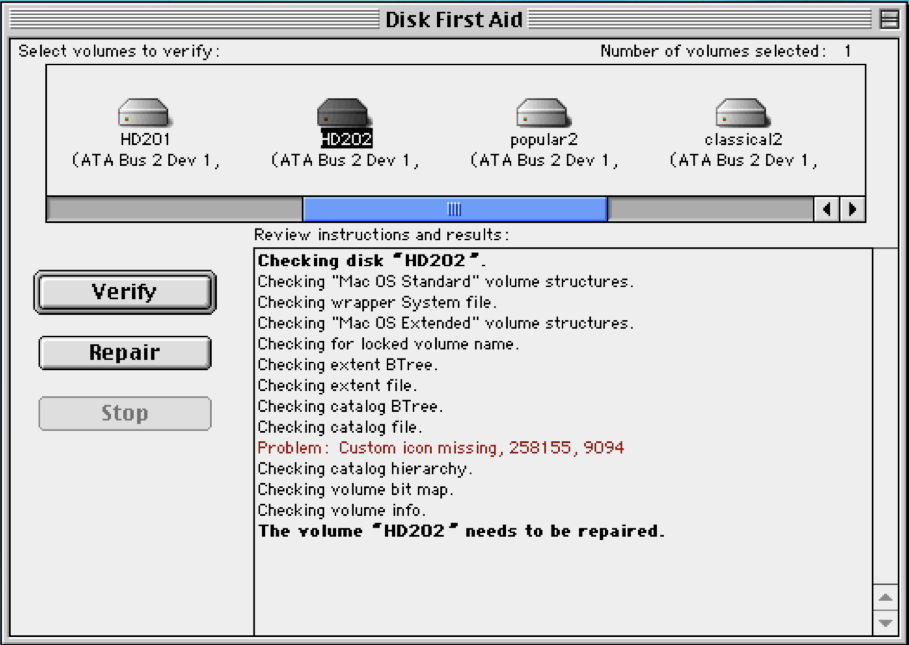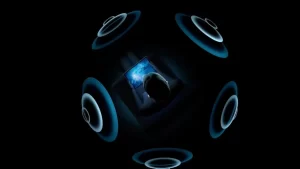A brief history of Disk Utility and First Aid

Disk Utility is one of the few utilities bundled in the first public beta release of Mac OS X in 2000 to have survived right the way through to Sequoia. It provides a suite of essential and sensitive tools for working with storage of different kinds to format it, divide it into volumes, check and maintain them. In this brief history, I’ll focus on its disk repair tools.
In classic Mac OS 9 formatting features came in a separate app, Drive Setup, and repair tools were provided in Disk First Aid, where they were further separated into Verify and Repair.
Mac OS X merged the two, but kept them as distinct tools within the new Disk Utility app. It also retained separate Verify and Repair.
These were later rearranged into a set of tabs, with AppleRAID the last of them.
Disk Utility became ever more feature-rich and complicated, with both a toolbar and multiple tabs, where First Aid was augmented to verify and repair disk permissions as well. Unlike later permissions repairs, these attempted to correct stray errors that became common in the system. That was discontinued with the introduction of System Integrity Protection in El Capitan.
Types of storage supported have changed considerably over the years. The core has been the disk image (.dmg file) in its many variants, and the Mac Extended file system HFS+, on hard disks, Fusion Drives, and later SSDs. To those have been added different CD and DVD formats, removed again when Macs ceased having internal optical drives, and FAT32 and ExFAT formats for USB memory sticks (thumb drives). Disk Utility has also served as the front end for Apple’s software RAID implementation for OS X, AppleRAID.
These years haven’t been trouble-free. Many versions of Disk Utility seem to have suffered from some bug or other, occasionally bad enough to make us throw our hands up in horror.
Sierra’s version of Disk Utility, even in 10.12.6, its last release, was prone to throw an error the first time that you tried some actions, such as formatting a USB memory stick. When you repeated the same action, Disk Utility suddenly discovered that it could perform it without error after all.
High Sierra’s Disk Utility version 17.0 was the first to include support for Apple’s new file system, APFS.
Sometimes you could coax Disk Utility 17.0 into doing tasks like that by selecting the drive in the list at the left, unmounting it using that command in the File menu, then trying the task again. Although this problem has steadily lessened, it continues to this day.
When Disk Utility first supported APFS, it didn’t provide any information about or access to snapshots. That was rectified later, with the option that provides some basic tools for them.
Using First Aid on the active system disk has been generally discouraged, and some versions of Disk Utility have been unable to do this at all. macOS 11.2.1 had no such limitations, and could both check and repair the boot disk.
The AppleRAID assistant guides you through the creation of software RAID volumes, with three basic types available, RAID 0, 1, and JBOD. These can be ‘stacked’ into combinations like RAID 50 and 0+1.
With HFS+, third-party disk checking and repair tools flourished. DiskWarrior is particularly good for addressing directory problems, and copes with large volumes. On occasion it can recover disks that Disk Utility gives up on. Sadly, DiskWarrior has yet to make the transition to work with APFS, so Disk Utility is the only choice.



